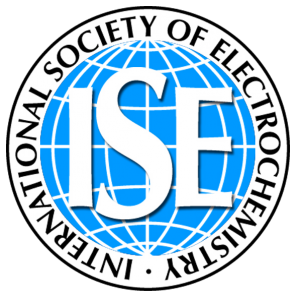 Every year on March 22, people around the globe celebrate World Water Day to advocate for improved access to clean water internationally. To date, there are over 663 million people living without a safe water supply close to home, leading to families spending countless hours retrieving water from distant sources or coping with the health impacts of using contaminated water.
Every year on March 22, people around the globe celebrate World Water Day to advocate for improved access to clean water internationally. To date, there are over 663 million people living without a safe water supply close to home, leading to families spending countless hours retrieving water from distant sources or coping with the health impacts of using contaminated water.
This year, the theme of World Water Day is “Wastewater.” According to the World Health Organization, over 80 percent of wastewater flows back into nature, polluting the environment and wasting what could be a recycled resource. By exploring wastewater and finding ways to safely manage and recycle it, a sustainable source of water, energy, and nutrients could be recovered.
Critical gaps in water and sanitation
For ECS members, wastewater treatment and efforts to improve access to clean water in the developing world is familiar territory.
In 2014, ECS partnered with the Bill & Melinda Gates Foundation to establish the first Science for Solving Society’s Problems challenge, leveraging the brainpower of scientists from around the world to create innovative solutions to some of the most pressing problems in global water and sanitation.


 For many centuries, lead was the favored material for water pipes due to its malleability. However, the health hazards associated with ingesting lead were not fully understood until the late 1900s. Now, with a massive water infrastructure that utilizes lead pipes and instances of corrosion and leaching causing development and neurological effects in young children consuming tainted water, researchers from Washington University in St. Louis are researching the potential impact of replacing lead pipes.
For many centuries, lead was the favored material for water pipes due to its malleability. However, the health hazards associated with ingesting lead were not fully understood until the late 1900s. Now, with a massive water infrastructure that utilizes lead pipes and instances of corrosion and leaching causing development and neurological effects in young children consuming tainted water, researchers from Washington University in St. Louis are researching the potential impact of replacing lead pipes. Chemists have engineered a molecule that uses light or electricity to convert carbon dioxide into carbon monoxide—a carbon-neutral fuel source—more efficiently than any other method of “carbon reduction.”
Chemists have engineered a molecule that uses light or electricity to convert carbon dioxide into carbon monoxide—a carbon-neutral fuel source—more efficiently than any other method of “carbon reduction.”
 Reports of a woman’s
Reports of a woman’s  One of the keys to developing a successful electric vehicle relies on energy storage technology. For an EV to be successful in the marketplace, it must be able to travel longer distances (i.e. over 300 miles on a single charge).
One of the keys to developing a successful electric vehicle relies on energy storage technology. For an EV to be successful in the marketplace, it must be able to travel longer distances (i.e. over 300 miles on a single charge). ECS is a sponsor of the
ECS is a sponsor of the  Richard Poynder (
Richard Poynder (